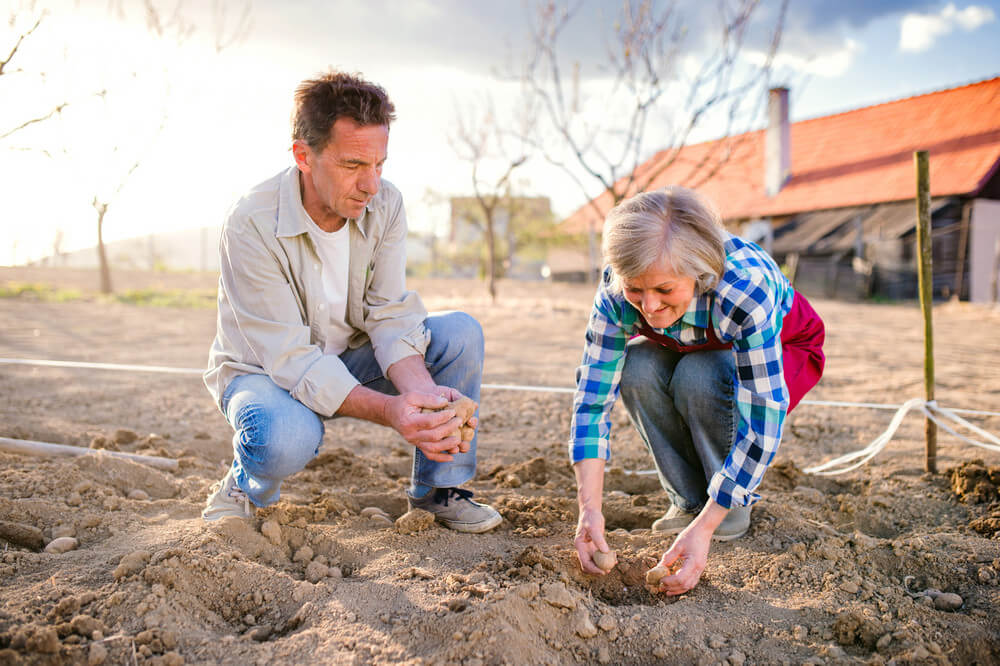When it comes to flooding, one of the worst places it can be is on your property. Flooding can happen when there’s too much water in your yard, and it starts running over the ground onto other parts of the property, like sidewalks or streets. But are there ways to prevent this from happening? Take a look at these irrigation methods that will help keep your home dry and safe.
1. Reduce Water Flow
One of the biggest problems with flooding is the speed at which water runs through your yard. The most surefire way to prevent flooding is to reduce the speed of the water. How can you do this? By adding a landscaping trench that will collect the moving water and allow it to settle into your yard without rushing over other parts of your property.
2. Water Management
Another way to prevent flooding is by adding a retention pond. This will collect all the water and force it into a small area rather than allowing it to spread across your yard. If you’re not interested in installing a large pond, then try using rain barrels instead; these are containers that can be placed near downspouts to collect rainwater that would’ve otherwise gone into your yard, and then use it to water plants or wash your car.
3. Irrigation Systems
Flooding can also be a problem when you’re using irrigation systems. If you have too much water coming through the systems, then it can overwhelm other parts of your property. An easy way to prevent this is by adding soakers or drip irrigation lines near trees and other plants that need extra watering. These will allow only a small amount of water to come out at once, which means that flooding won’t be an issue.
If you have plants that need extra water but don’t want to deal with flooding, then try adding a bubbler system. This allows the water flow to be contained within small areas and slowly seep into the ground; it also has less impact on your yard than sprinkler systems do. If the irrigation system is properly maintained, a family’s water usage can be reduced by 15%, or roughly 7,600 gallons each year.
4. Dry Wells
If you have a problem with flooding, it might be because water is collecting in your yard and has nowhere else to go. If this sounds familiar, then consider creating dry wells. These holes or containers are dug and/or placed at the lowest points of your property, which will collect all the excess water and make sure it doesn’t spread across other parts of your property.
Flooding can happen on any property, and when it does, you want to make sure you’re prepared. Use these irrigation methods to keep your yard dry and prevent flooding from happening; if you have questions about how to use them or what kind of materials you should buy, then contact us today.
